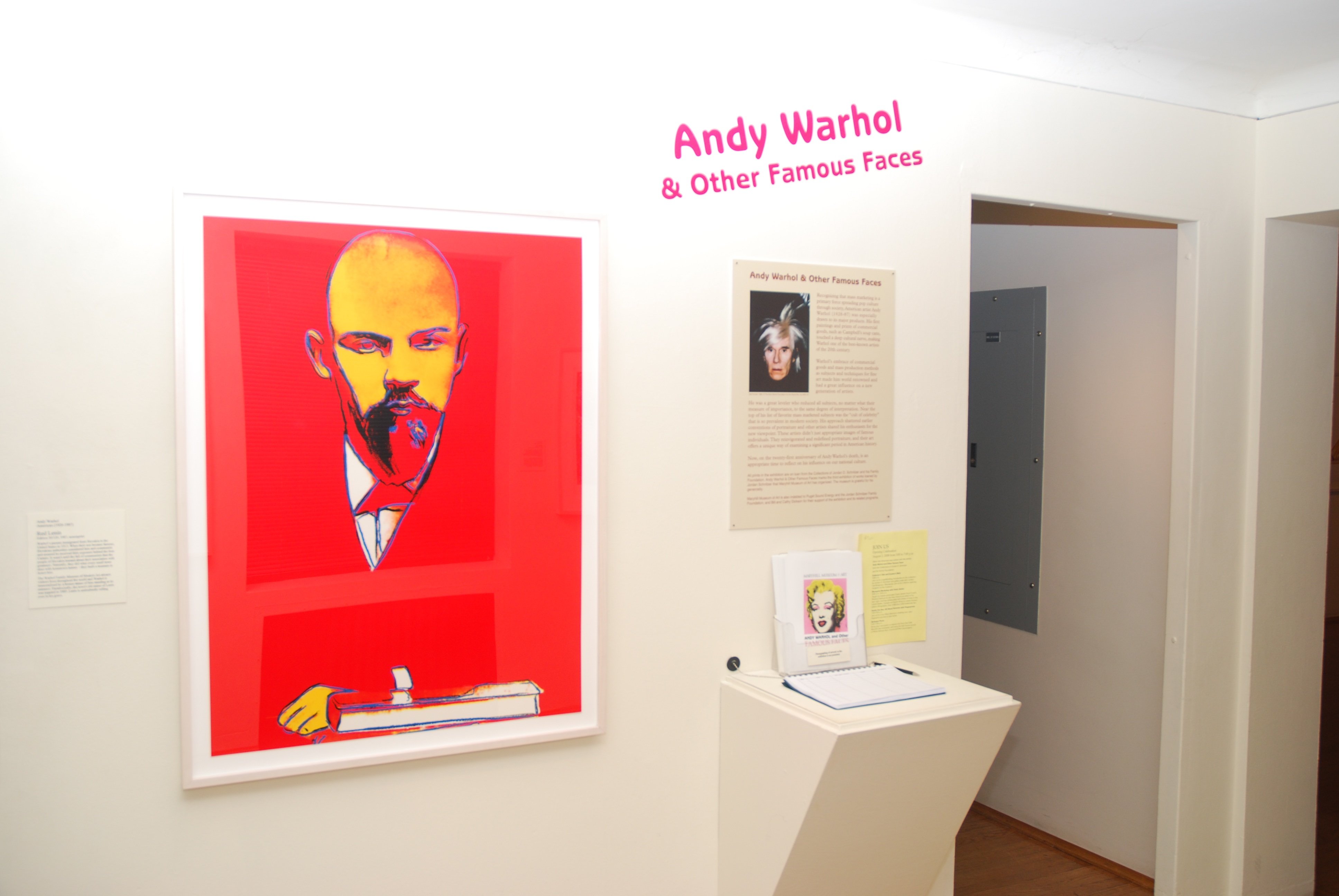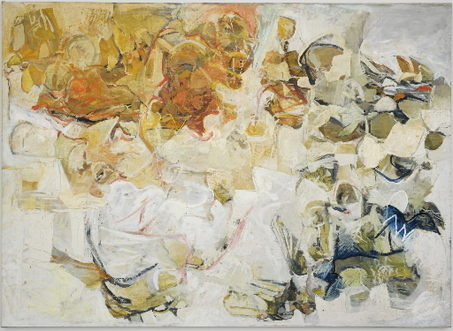By Bob Hicks
Larry Fong, curator of American and regional art at the Jordan Schnitzer Museum of Art in Eugene, has assembled a provocative and aesthetically stimulating exhibition that brings together Pop icon Andy Warhol and Portland movie director Gus Van Sant through the unlikely lens of the Polaroid camera, a populist aim-and-shoot wonder that both used prolifically.
 I review the exhibit, One Step Big Shot, in this morning’s Oregonian. The show is smartly conceived and well-executed, and it looks good in the gallery, coming up with some creative design responses to the museum’s problematically long and narrow main display space.
I review the exhibit, One Step Big Shot, in this morning’s Oregonian. The show is smartly conceived and well-executed, and it looks good in the gallery, coming up with some creative design responses to the museum’s problematically long and narrow main display space.
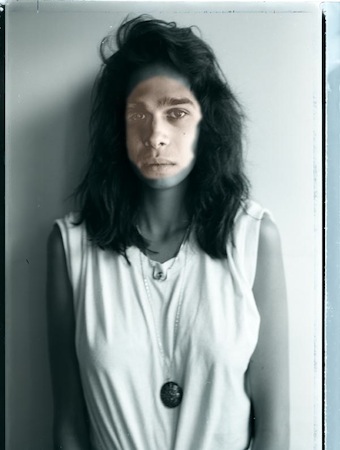 One draw: A big-screen version of Warhol’s infamous 1964 film Blow Job, which I hadn’t seen in many years.
One draw: A big-screen version of Warhol’s infamous 1964 film Blow Job, which I hadn’t seen in many years.
Caught somewhere between blatant sexuality and demure tease (it’s a landmark in the gay underground movement that exploded into the mainstream after the Stonewall Riots of 1969) the six-minute film plays breathlessly with the ideas of Adonis and Narcissus. Even now it’s a powerful cultural transgression. It was an absolute mind-blower in 1964. One Step Big Shot continues through Sept. 5, and it’s worth the trip to Eugene.
Meanwhile, you have only a week left to catch Cut-ups, a smaller but intriguing related show at Portland’s PDX Contemporary Art. In it, Van Sant explores photographic collage, creating odd and sometimes discombobulating fusions of gender and personality. The two pieces shown here are from Cut-ups. We are all, apparently, one another. Worth catching, and up through Saturday, May 29.
*
ILLUSTRATIONS, from top:
— Gus Van Sant, “boys,” 2010 digital pigment print, edition of 5, 16.5″ x 11.5″. PDX Contemporary Art
— Gus Van Sant, “boy and girl mystery,” 2010 digital pigment print, edition of 5, 46″ x 37″. PDX Contemporary Art
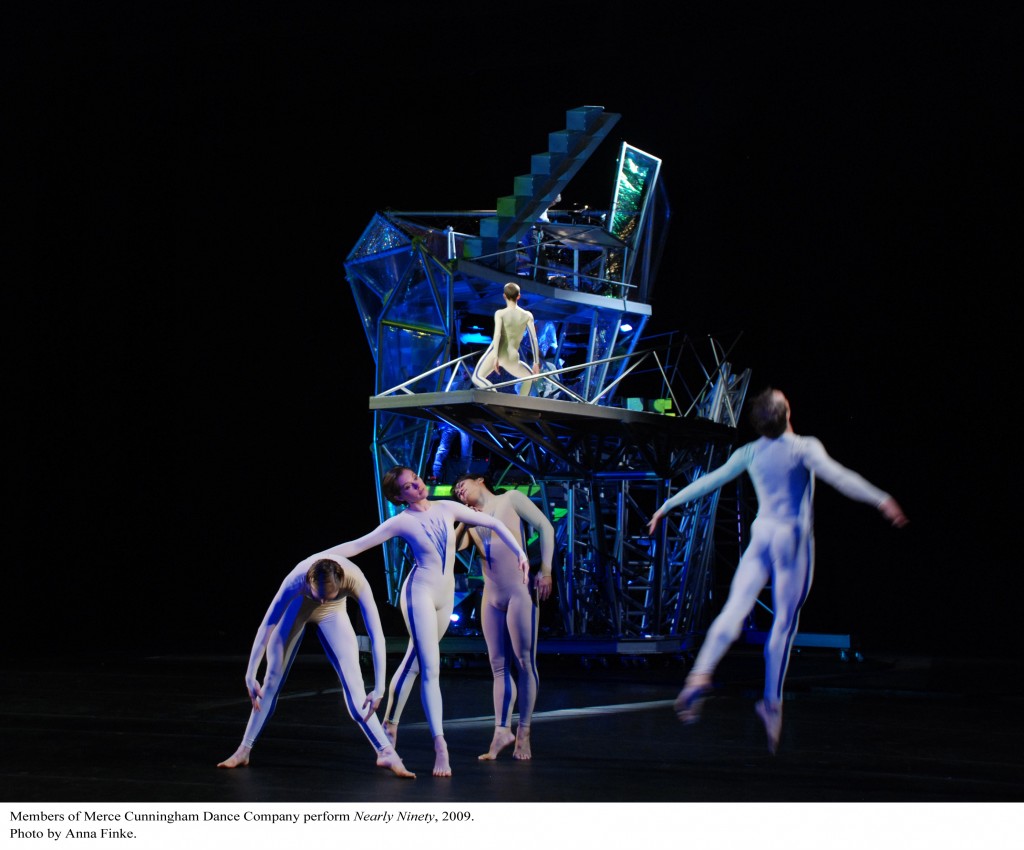
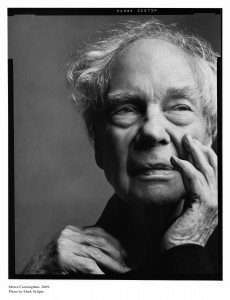 Merce Cunningham died the other day, in his sleep it is said, which means he was still hard at work at the age of 90. Artists do, you know, work in their sleep, as well as their waking hours. There is no rest for the psyche.
Merce Cunningham died the other day, in his sleep it is said, which means he was still hard at work at the age of 90. Artists do, you know, work in their sleep, as well as their waking hours. There is no rest for the psyche.